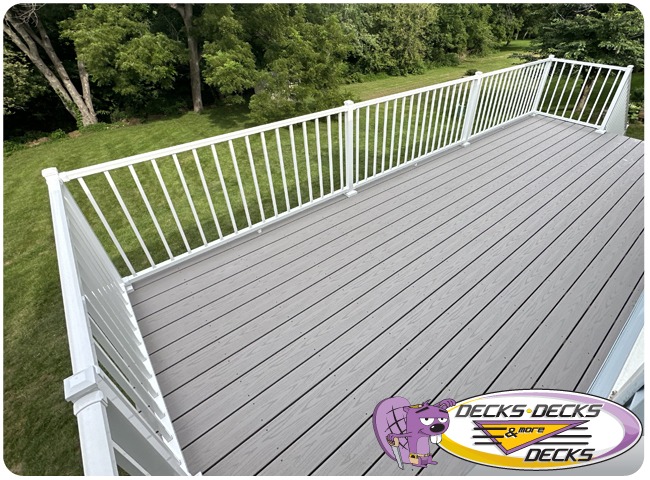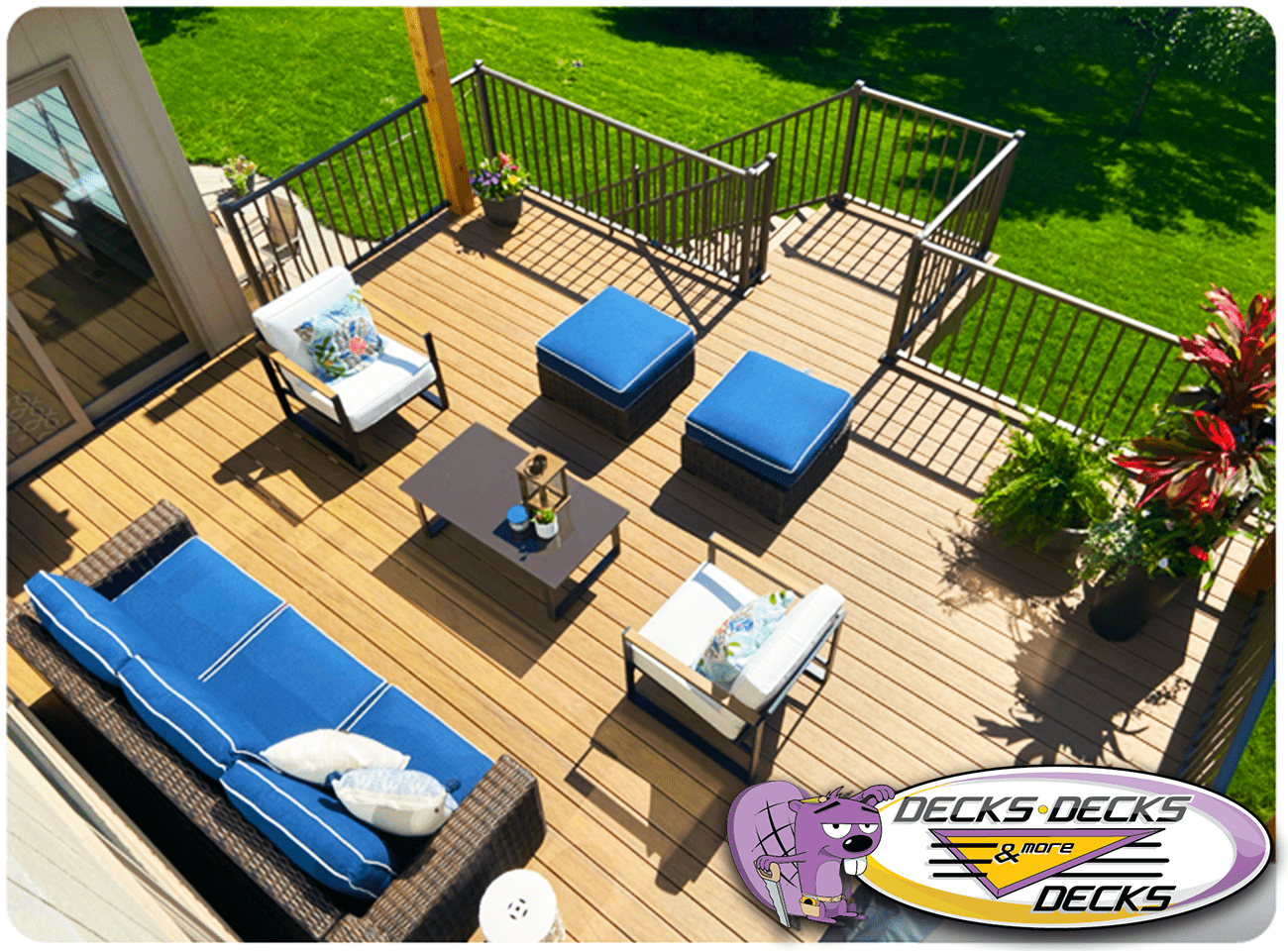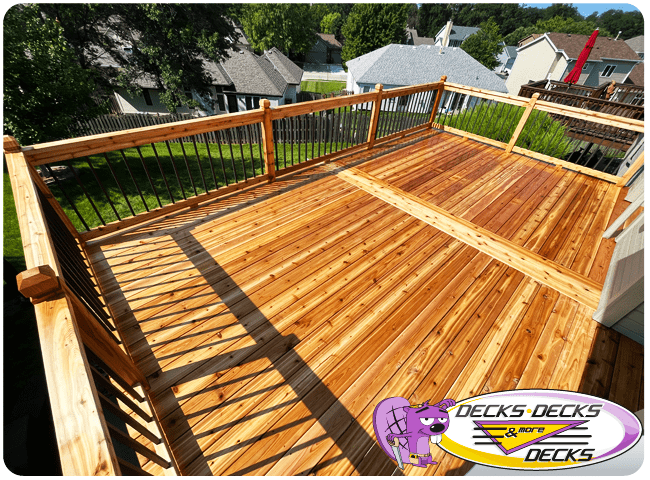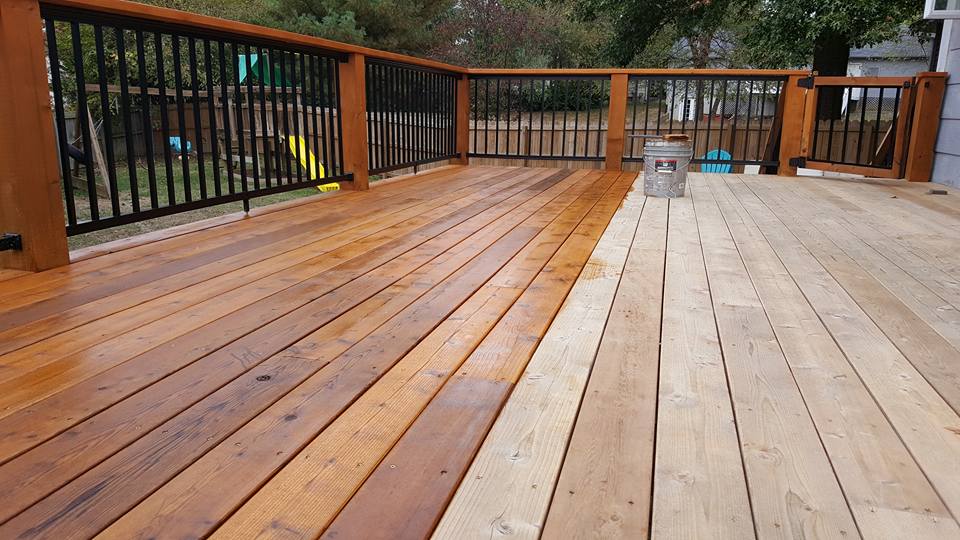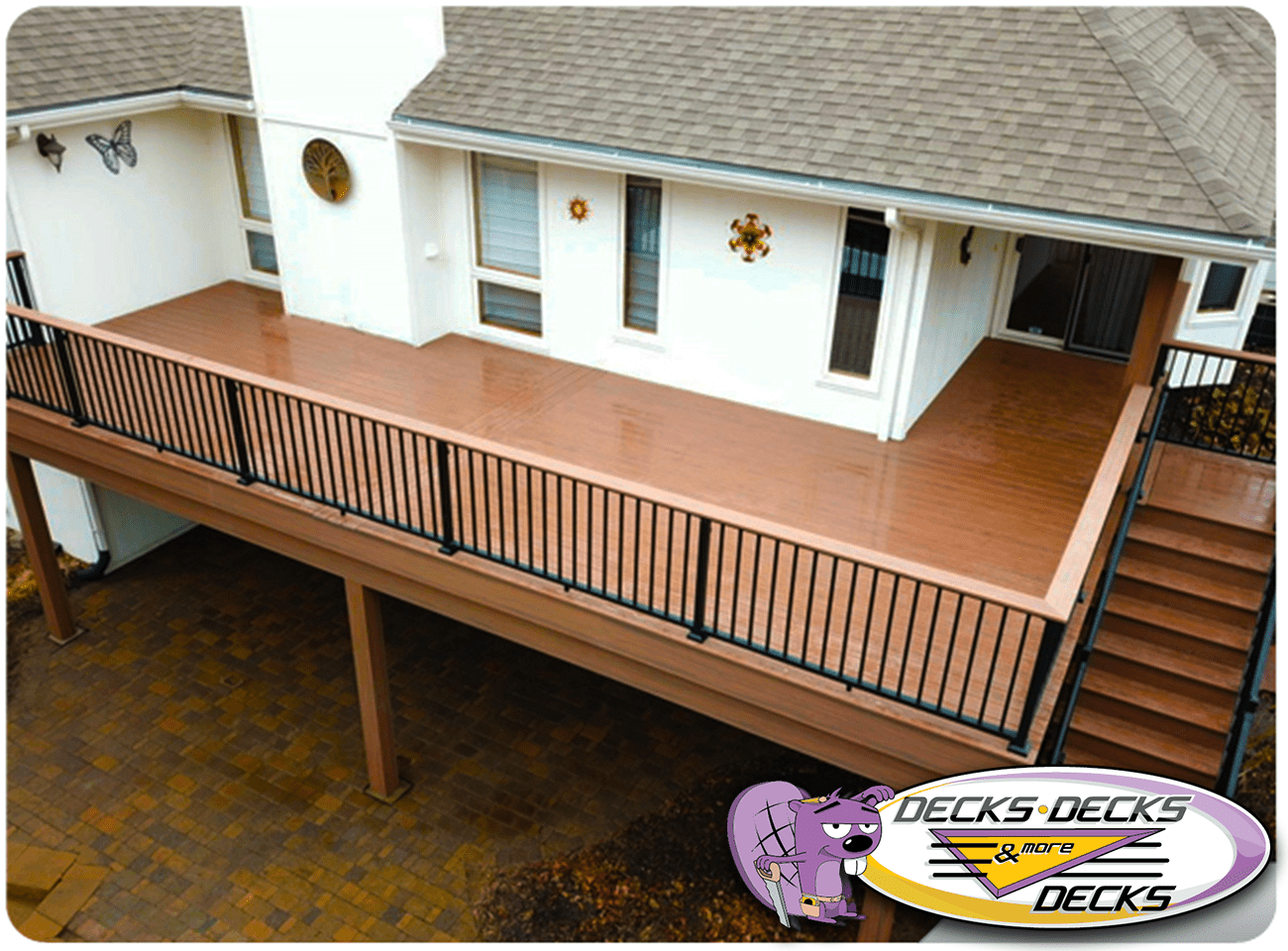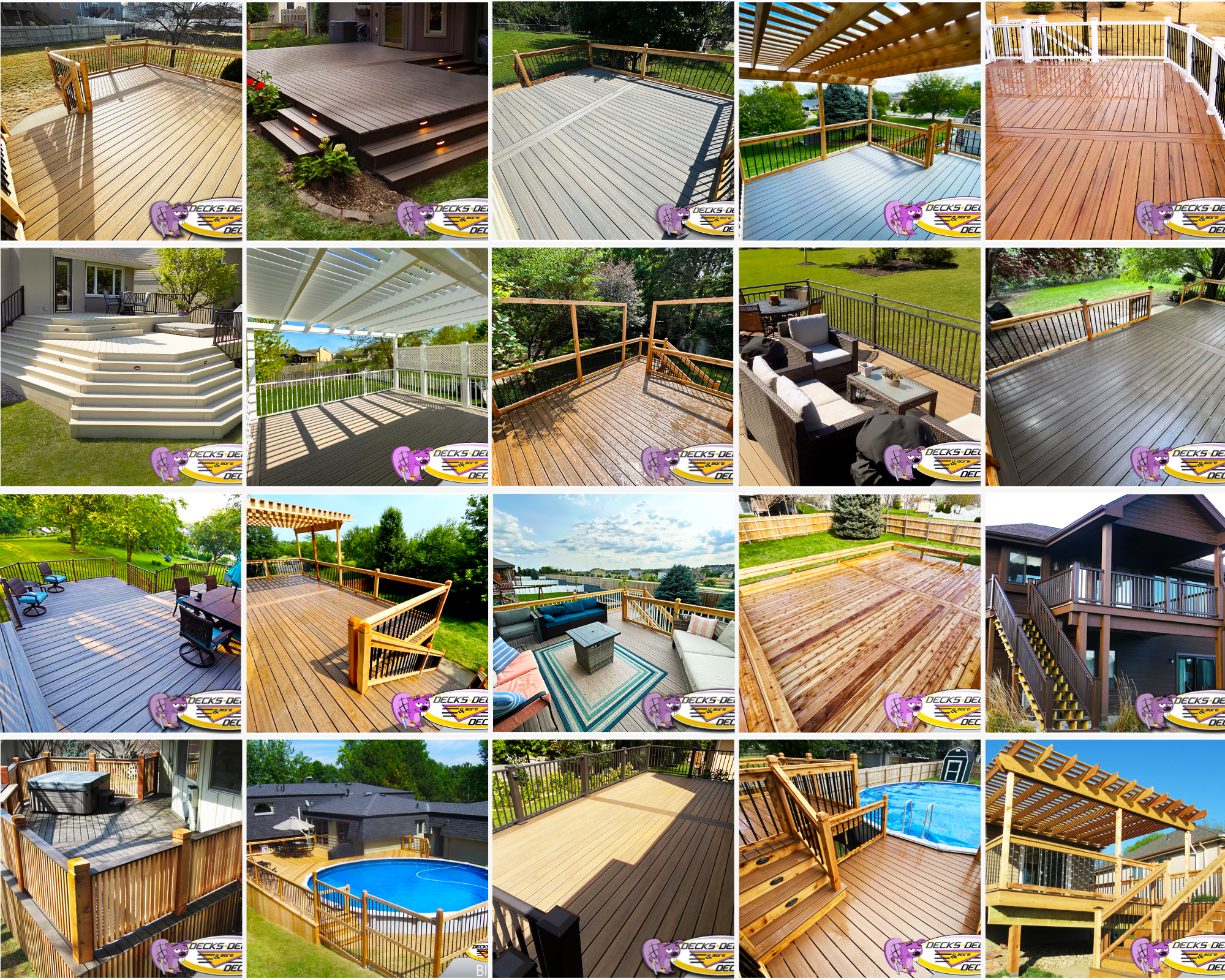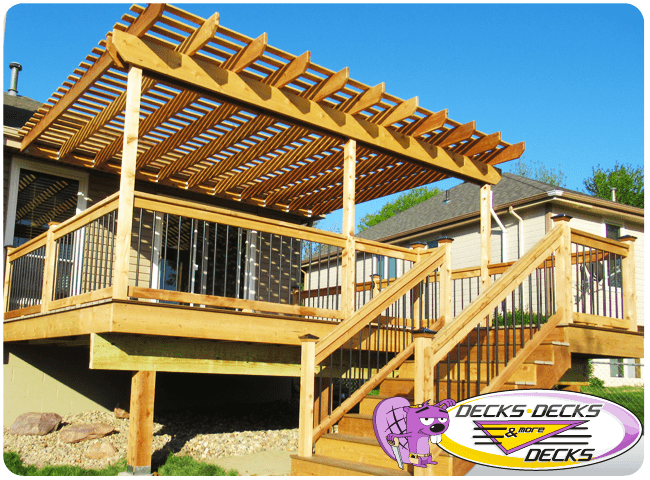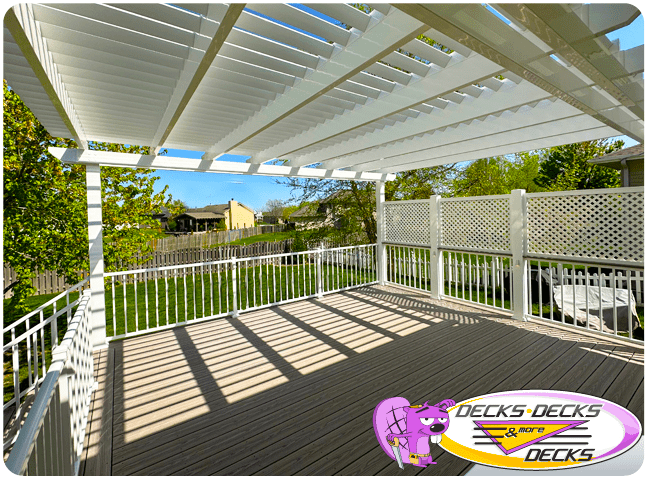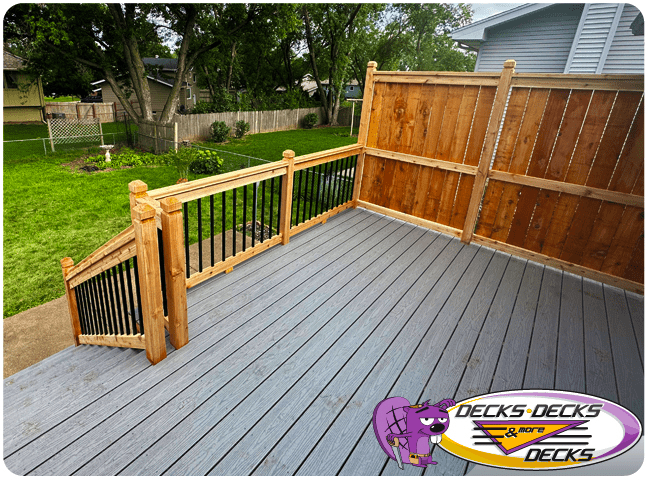Enhancing Your Deck Stairs: Lighting, Safety, and Design Tips
Deck stairs are more than just a functional element—they’re an essential part of your deck’s overall aesthetic, safety, and usability. From stair lighting to railing options, stair risers, and treads, each component of deck stairs plays a role in creating a safe, beautiful, and welcoming outdoor space. Here’s what you need to know to get the most out of your deck stairs.
1. Deck Stair Lighting and Step Lighting
Adding lighting to your deck stairs is one of the best ways to improve both safety and ambiance. Deck stair lighting and deck step lighting options include LED strip lights, recessed lights in stair risers, or small fixture lights on stair treads. Not only does lighting make it easier to navigate the stairs at night, but it also adds a warm, inviting glow to your deck’s entrance.
2. Deck Stair Railings: Style and Safety
A sturdy and stylish railing is crucial for both safety and aesthetics. Railings come in various materials, from wood and metal to glass and composite options, allowing you to match your deck’s overall look. When selecting a railing, consider one that is both durable and weather-resistant, as it will be exposed to the elements.
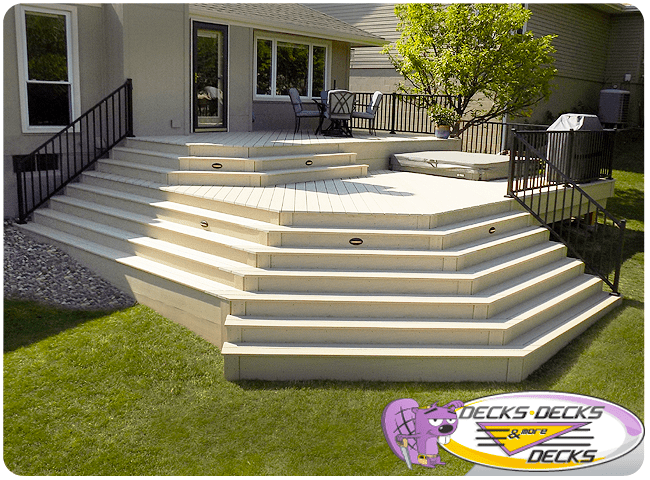
3. Choosing the Right Stair Risers and Treads
Stair risers and treads are key structural elements of your deck stairs. The risers are the vertical parts that support each step, while the treads are the flat surfaces you step on. For a classic look, you might choose wood treads, while composite or PVC materials offer a low-maintenance option. When planning your stairs, make sure the height of the risers and the depth of the treads follow standard measurements for safe and comfortable use.
4. Deck Stairs Cost: What to Expect
The cost of building can vary based on materials, design complexity, and whether you hire a contractor. On average, you might expect to spend between $500 and $1,500 on a standard set of deck stairs, though elaborate designs or premium materials can increase costs. Consider getting multiple quotes if you plan to hire a professional to build your stairs.
5. Design Ideas for Deck Stairwells
If your deck includes a stairwell—a more enclosed staircase leading down from the deck—there are additional design considerations. Adding deck stairwell lighting and incorporating built-in planters or decorative railing can make the stairwell a standout feature of your deck. A deck stairwell can create a seamless transition between your deck and your backyard, enhancing the flow and usability of your outdoor space.
6. Deck Steps: The Final Touches
Deck steps can be the finishing touch that makes your deck feel complete. Consider adding finishing details like decorative end caps or contrasting colors on the edges of each step for added visibility. Proper finishing can make each step look polished and provide an extra layer of safety.
Elevate Your Deck Stairs Today
Whether you’re updating deck stair railings, adding lighting, or building a new set of deck stairs from scratch, these elements can significantly enhance the functionality and beauty of your outdoor space. By investing in quality materials and thoughtful design, you’ll create deck stairs that are both safe and stylish for years to come.


